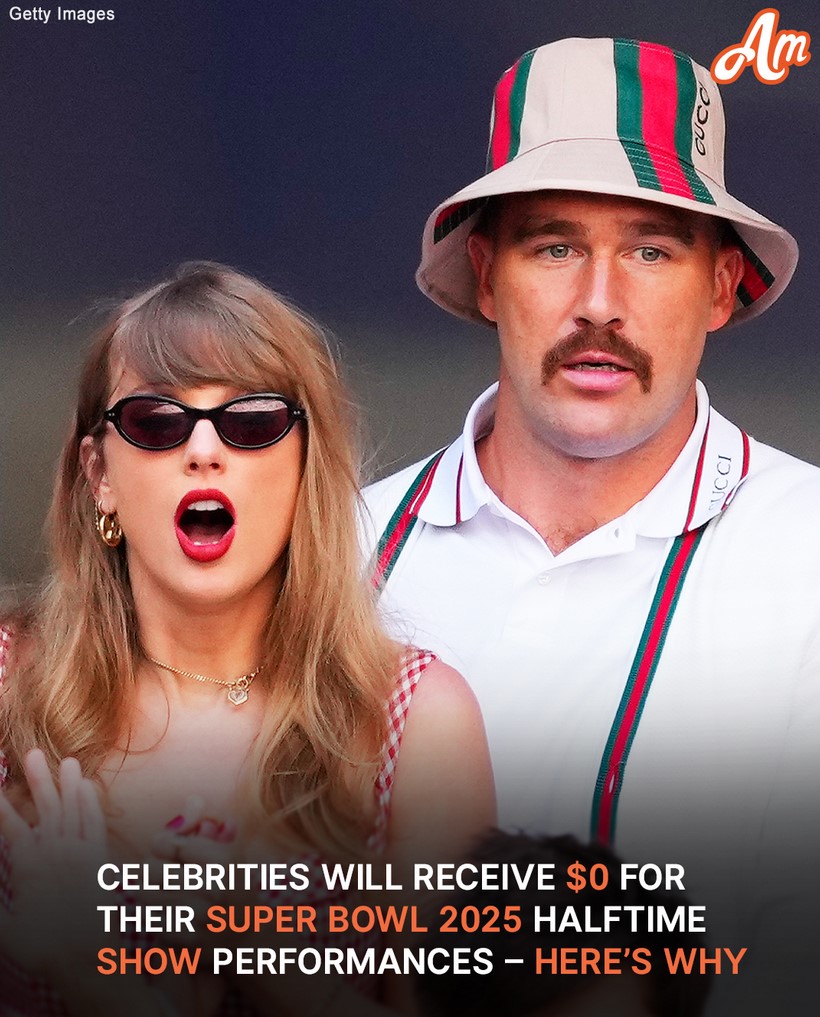The Super Bowl halftime show is one of the most prestigious stages in entertainment, drawing some of the biggest names in music. Yet, despite the massive audience and high production value, performers do not receive a paycheck. Instead, the opportunity offers something far more valuable than direct compensation—global exposure that can boost careers, increase music sales, and elevate brands. The tradition of the Super Bowl halftime show dates back decades, but it was Michael Jackson’s 1993 performance that transformed it into a must-see spectacle. His set attracted more viewers than the game itself, proving that the halftime show could be as significant as the Super Bowl. Since then, each performance has become a cultural event, featuring major artists who use the platform to create unforgettable moments. Super Bowl LIX, set to take place on February 9, 2025, at Caesars Superdome, will continue that tradition, with Kendrick Lamar headlining the halftime show. Apple Music, the official sponsor, has also confirmed that Grammy winner SZA will join him on stage. In addition to the halftime performances, the event will showcase Louisiana talent, including jazz singer and multi-instrumentalist Jon Batiste, who will perform the national anthem.

Batiste, a five-time Grammy winner, expressed his enthusiasm about crafting a rendition of the national anthem that will stand the test of time. While he remained tight-lipped about any potential collaborations with Lamar, he emphasized that the theme of the night would be “togetherness.” This sentiment reflects the overarching spirit of the Super Bowl halftime show—uniting diverse audiences through music and performance. Yet, despite the prestige, many are surprised to learn that halftime performers do not receive direct payment. While Kendrick Lamar will command the stage in front of millions, he will not receive a paycheck for his performance. Entertainment attorney Lori Landew explained that artists recognize the halftime show as an unparalleled opportunity to make a statement—whether cultural, political, or purely artistic. The songs they choose, the gestures they make, and the artists who join them all contribute to a message that extends beyond the music itself.
For many artists, the Super Bowl halftime show is more than just a performance; it is a strategic career move. With over 100 million viewers tuning in, the exposure is invaluable. So much so that the NFL has even explored the idea of having artists pay for the opportunity. In 2013, Beyoncé performed for free, with production costs reportedly reaching $600,000. More recently, estimates have suggested production budgets as high as $10 million, though some question whether these figures are exaggerated. Katy Perry was among the artists approached with the idea of paying to perform, but she declined, stating, “I don’t want an asterisk by my name for playing the Super Bowl for the rest of my life.”
Despite not receiving a paycheck, many artists experience a substantial career boost after performing at the Super Bowl. For example, Coldplay’s 2016 appearance solidified their place among legendary British bands like the Rolling Stones, Paul McCartney, and The Who. Following Jennifer Lopez and Shakira’s 2020 halftime show, their music saw a surge in popularity—Shakira’s streams increased by 230 percent, while Lopez’s spiked by 335 percent. Digital sales skyrocketed by 893 percent, with songs like “Whenever, Wherever” and “On the Floor” seeing the biggest jumps. Though unpaid beyond union scale, the impact on their careers was undeniable. Marketing expert Sheri Lambert described the Super Bowl halftime show as a “marketing partnership rather than a performance.” The event provides global exposure, leading to increased streaming numbers, ticket sales, brand deals, and even film placements. Rihanna, for instance, used her halftime show to promote Fenty Beauty, reapplying her makeup mid-performance in a viral moment that boosted her brand’s visibility.
Despite its immense reach, not every artist is eager to take the stage. Some turn down the opportunity due to the intense scrutiny that comes with performing in front of such a massive audience. Janet Jackson’s controversial 2004 halftime show serves as a reminder that the exposure can be both a blessing and a curse. The Super Bowl halftime show remains one of the most influential platforms in entertainment, providing global exposure that outweighs a paycheck. It serves as a launching pad for artists, a cultural milestone, and a marketing powerhouse. While the opportunity can elevate an artist’s career, it also comes with the weight of public opinion. Despite the risks, it remains one of the most sought-after performances in the industry, shaping pop culture and reinforcing the power of live entertainment.





